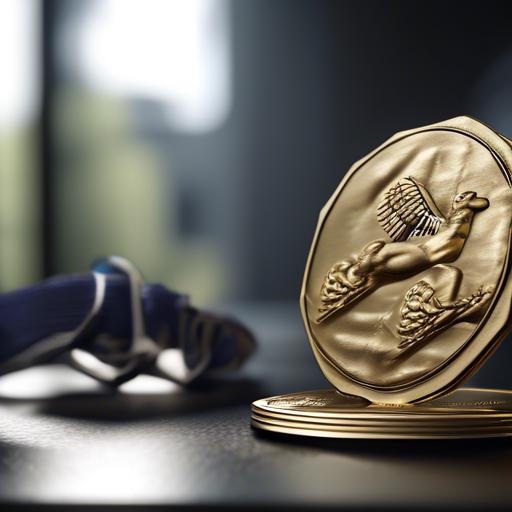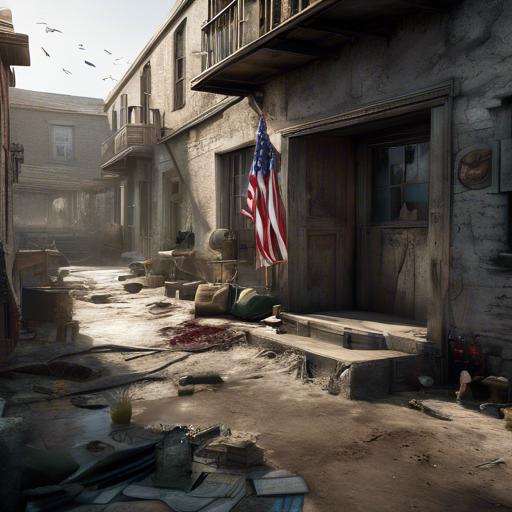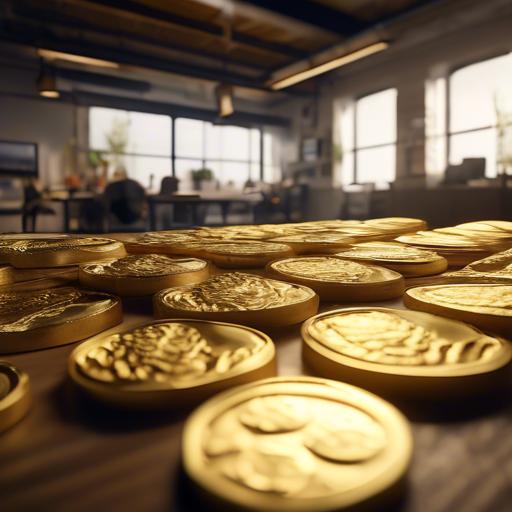Have you ever wondered how Olympic medals are made? With advancements in technology, the conventional methods of medal production have evolved, with 3D printing playing a crucial role in shaping the future of this age-old process. In this article, we will delve into the impact of 3D printing on medal production and how it is indeed revolutionizing the way these prestigious awards are created. Read on to discover the innovative techniques and possibilities that 3D printing brings to the world of medal design and production.
3D Printing revolutionizing Medal Production Process
3D printing has wholly revolutionized the traditional medal production process, providing endless possibilities for creativity and customization. With the ability to create intricate designs and unique shapes that were once impossible with traditional manufacturing methods, 3D printing has opened up a whole new world of possibilities for medal production.
One of the most significant impacts of 3D printing on medal production is the ability to quickly and cost-effectively produce custom medals for a wide range of events and occasions. Whether it’s a sporting event, academic achievement, or corporate recognition, 3D printing allows for personalized designs and details that truly make each medal one-of-a-kind.This technology has also streamlined the production process, reducing lead times and allowing for faster turnaround times for orders.
Advantages of Using 3D Printing Technology in Creating Awards
3D printing technology has revolutionized the way awards, such as medals, are created. One of the main advantages of using 3D printing in award production is the ability to create highly intricate and detailed designs that would be impossible to achieve through traditional manufacturing methods. The level of customization that 3D printing offers is unmatched, allowing for unique and personalized awards that truly stand out.
Furthermore, 3D printing is a cost-effective solution for producing awards in smaller quantities.Traditional manufacturing processes often require expensive molds and tooling, making it impractical for smaller awards runs. With 3D printing, there is no need for such expensive setup costs, making it ideal for producing custom awards in limited quantities. the impact of 3D printing on medal production is undeniable, providing endless possibilities for creating exceptional awards.
Enhancing Design Flexibility and Customization Options with 3D Printing
With the advancement of 3D printing technology, the possibilities for designing and customizing medals have expanded exponentially. Traditional methods of medal production often limited the flexibility and creativity of designs, but 3D printing has revolutionized the process. Designers now have the ability to create intricate and detailed designs that were once unimaginable,allowing for truly unique and personalized medals.
One of the key benefits of 3D printing in medal production is the ability to customize each medal to a high degree. Whether it’s adding personalized engravings, intricate patterns, or unique shapes, 3D printing allows for endless customization options. This level of flexibility enables event organizers, businesses, and organizations to create medals that truly stand out and reflect the identity and theme of the event or achievement. With 3D printing, the only limit to the design of a medal is the creativity of the designer.
Tips for Implementing 3D Printing in Medal Manufacturing industry
3D printing has revolutionized the medal manufacturing industry, offering a more efficient and cost-effective way to produce high-quality custom medals. With this innovative technology, companies can now create intricate designs and unique shapes that were previously impossible to achieve with traditional manufacturing methods.
one key tip for implementing 3D printing in medal production is to optimize the design for additive manufacturing. By designing the medals specifically for 3D printing, manufacturers can take full advantage of the technology’s capabilities, such as creating complex geometries and reducing material waste. Additionally,investing in high-quality 3D printers and materials is essential to ensure the production of durable and precise medals.
Q&A
Q: What is 3D printing and how does it relate to medal production?
A: 3D printing is a process of creating three-dimensional objects by layering materials. In terms of medal production, it allows for more intricate designs and faster production times.
Q: How has 3D printing revolutionized the medal production industry?
A: 3D printing has drastically changed the way medals are produced by allowing for customized designs,lower costs,and quicker turnaround times.
Q: What are some of the benefits of using 3D printing for medal production?
A: Some benefits include the ability to create complex designs, reduce waste, and improve efficiency in the production process.
Q: How have traditional methods of medal production been impacted by 3D printing?
A: Traditional methods of medal production, such as casting and engraving, have been challenged by the speed and precision of 3D printing technology.
Q: Will 3D printing continue to play a significant role in the future of medal production?
A: It is likely that 3D printing will continue to be a major player in the medal production industry,as it offers numerous advantages over traditional methods.
Key Takeaways
the rise of 3D printing technology has revolutionized medal production in ways we never imagined. From intricate designs to faster production times, this innovative technology has truly made its mark in the world of medals. With advancements in 3D printing continuing to expand, the possibilities for medal production are endless. Stay tuned as we continue to explore the exciting developments in this ever-evolving field.Thanks for reading!


